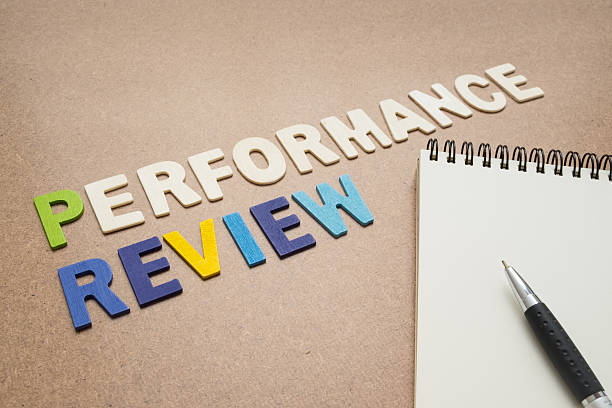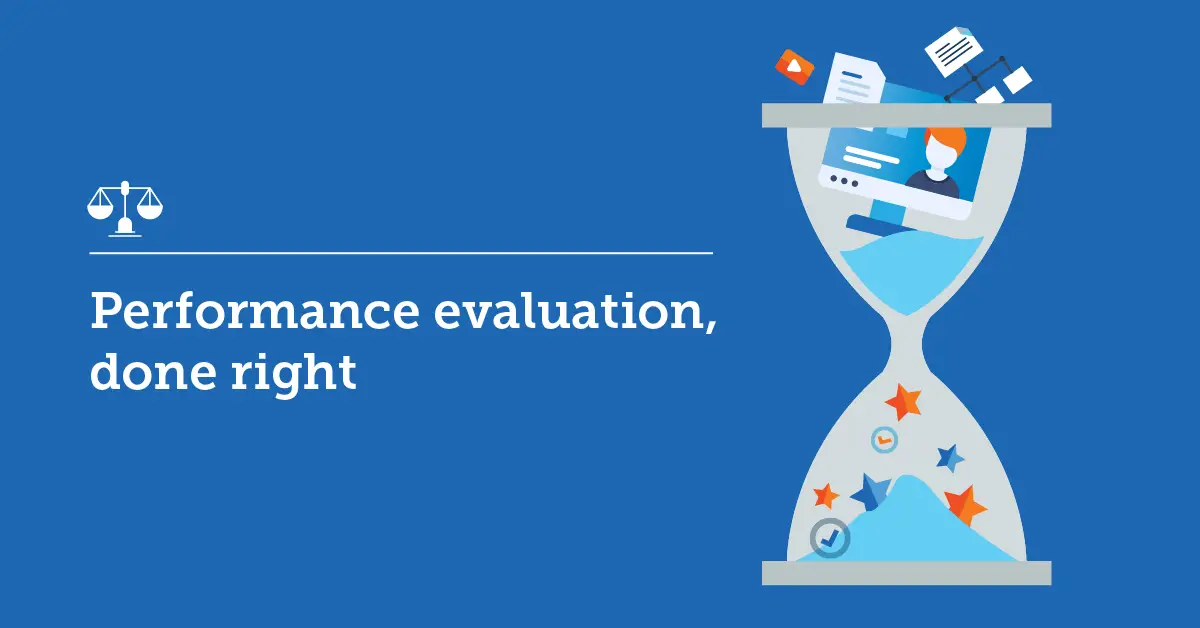Virtual Performance Evaluations
Managers act as stress buffers for both their organisations and the workers under their supervision. This is due to the fact that performance assessments, in particular, demand them to pass judgement on another individual, which is, at the very least, awkward and may create a great deal of stress. When you add in the need of conducting a performance evaluation online, the transaction takes on an additional layer of complexity. Given that there is no opportunity for direct connection between the parties involved, the likelihood of a misunderstanding occurring is significantly increased. There are, to both parties’ relief, three things that can be done to render a virtual performance evaluation less nerve-wracking for everyone involved.

1. Accumulate cold, hard facts.
In situations such this, in which there is still a lot of unpredictability and change, one of the primary issues that managers have is that they lack sufficient information to effectively conduct performance reviews. Because managers don’t get to meet their subordinates in person when they work from home, it’s possible that whatever favourable or negative biases they already have towards workers may become much more pronounced.
To be more specific, there is a danger of managers falling into the trap of believing that their high-performing people are unquestionably doing a fantastic job, while low-performing staff members are certain to be suffering. It is vital to be conscious of such prejudices in order to handle this issue, and the attention should be placed on uncovering hard evidence about the employee’s performance. To begin, you should get comments from a couple of coworkers who are on a first-name basis with the employee.

Because these individuals will be familiar with every facet of the the individual’s employment, the viewpoint that they provide is quite helpful. You might also ask the worker to do an employee self assessment of their primary tasks so that you can get their perspective. Last but not least, do a performance review of the direct report (e.g., make a list of their top two or three successes) and identify areas in which they might improve. When you have access to concrete data, you will then be able to conduct a thorough performance evaluation using virtual tools.
2. Share your thoughts in front of the class
Everyone is aware of how unpleasant performance evaluations can be for everyone engaged in the process. But in light of the difficult conditions that exist now, the situation is much more dire. despite the fact that they have great technological abilities on their résumé, it’s possible that a few of those who report to you were having trouble delivering on their pre-pandemic targets. Other direct reports may have had a difficult time dealing with emotions of solitude.
The manager has to show a bit more compassion, flexibility, and tolerance in order to deal with all of these issues. Therefore, be sure to provide an employee’s review of their performance through email around one hour ahead the meeting takes place online. If you do that, the employee will be able to experience their first emotional reaction in the convenience of their own home. As a consequence of this, they will enter the discussion with a level head and be prepared to have a sensible discourse, which will hopefully make the evaluation a great deal less stressful for them.

In addition to that, pay careful attention to the way you carry yourself physically. Make sure the openness that you want to represent can be seen in the small visual clues that you offer. There is no one there to provide context clues as there would be in a regular face-to-face performance evaluation, which could lead to misconceptions. Because of this, it is essential to be far more specific and conversational than you would be in a one-on-one contact in order to avoid things being lost in translations.
3. Construct a plan of action for further steps
Even though it may be tempting to complete a performance evaluation and then move on, it is essential to schedule some time in the future to determine whether or not the person in charge is moving in the correct path. Create an action plan for the employee that explains the measures (with dates) they need to follow to enhance their performance over the next several weeks or years.

Be conscious that in order to witness an increase in performance, you may need to provide some assistance for your direct report, put them in contact with an authority figure for the purpose of guidance, send him to an online meeting, or buy them a textbook. Last but not least, be sure to schedule consistent individual conferences with the staff member so that you can monitor their progress and verify that they are heading in the correct path.

